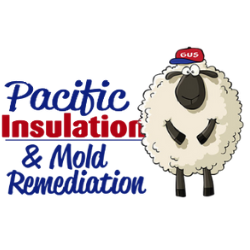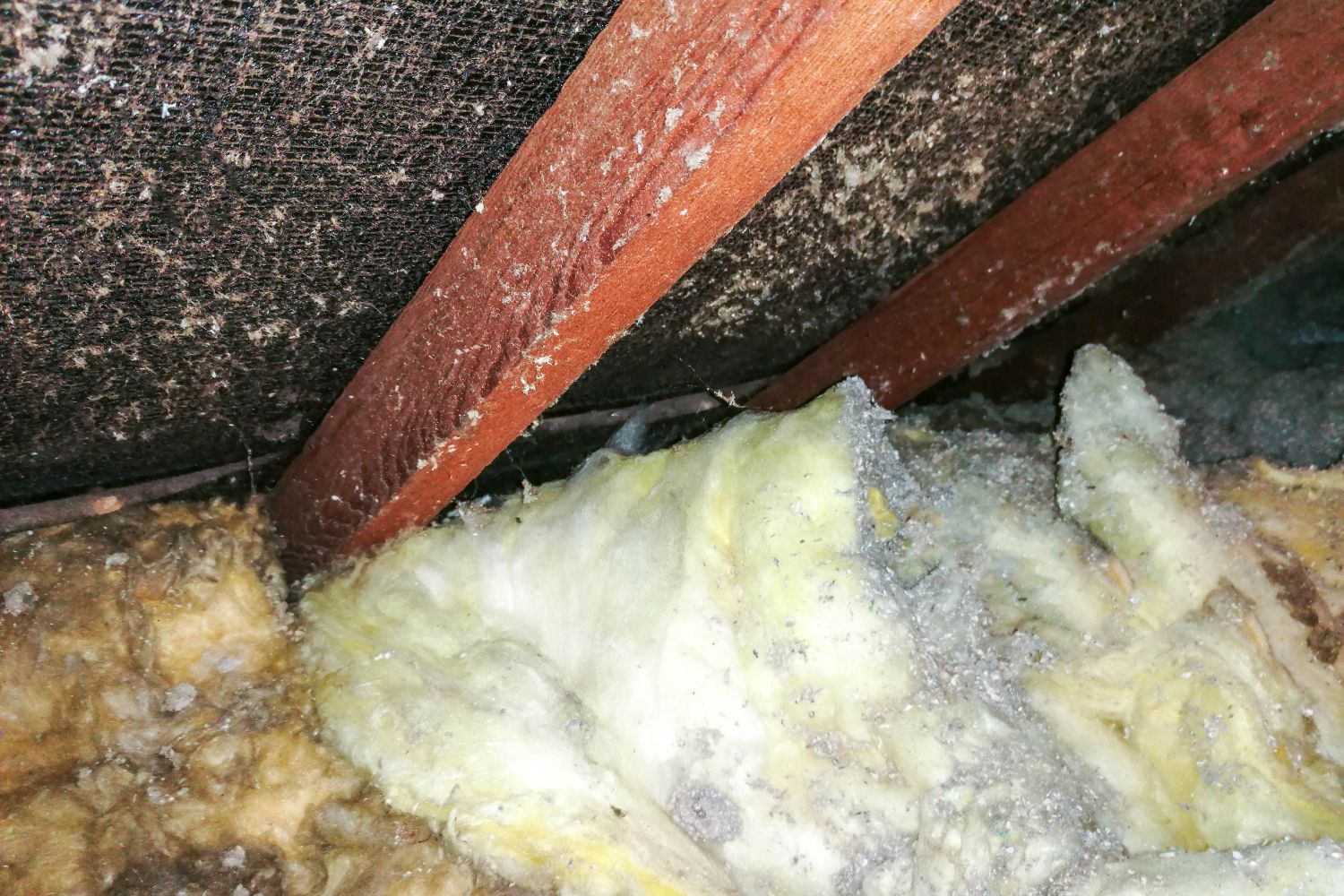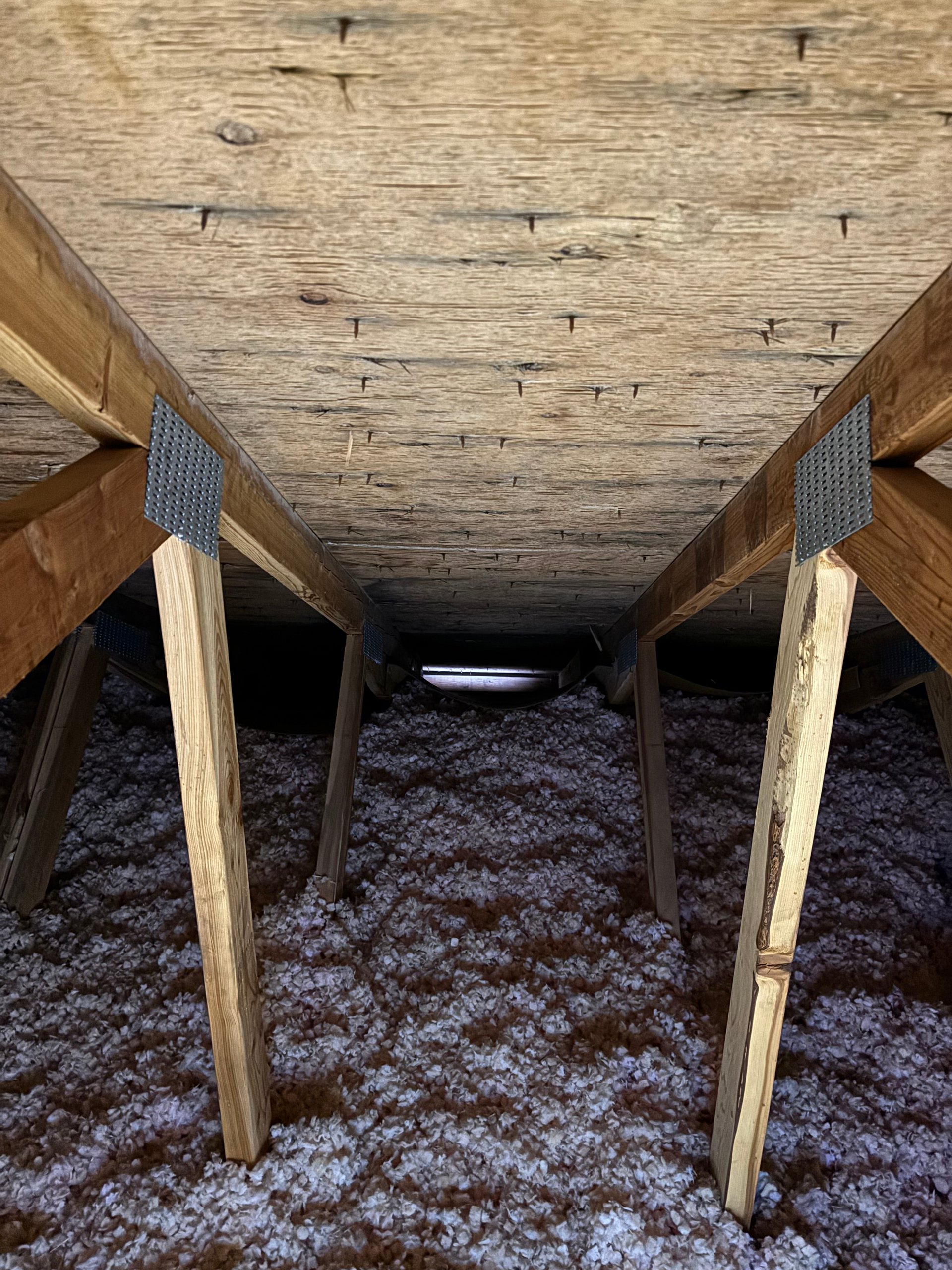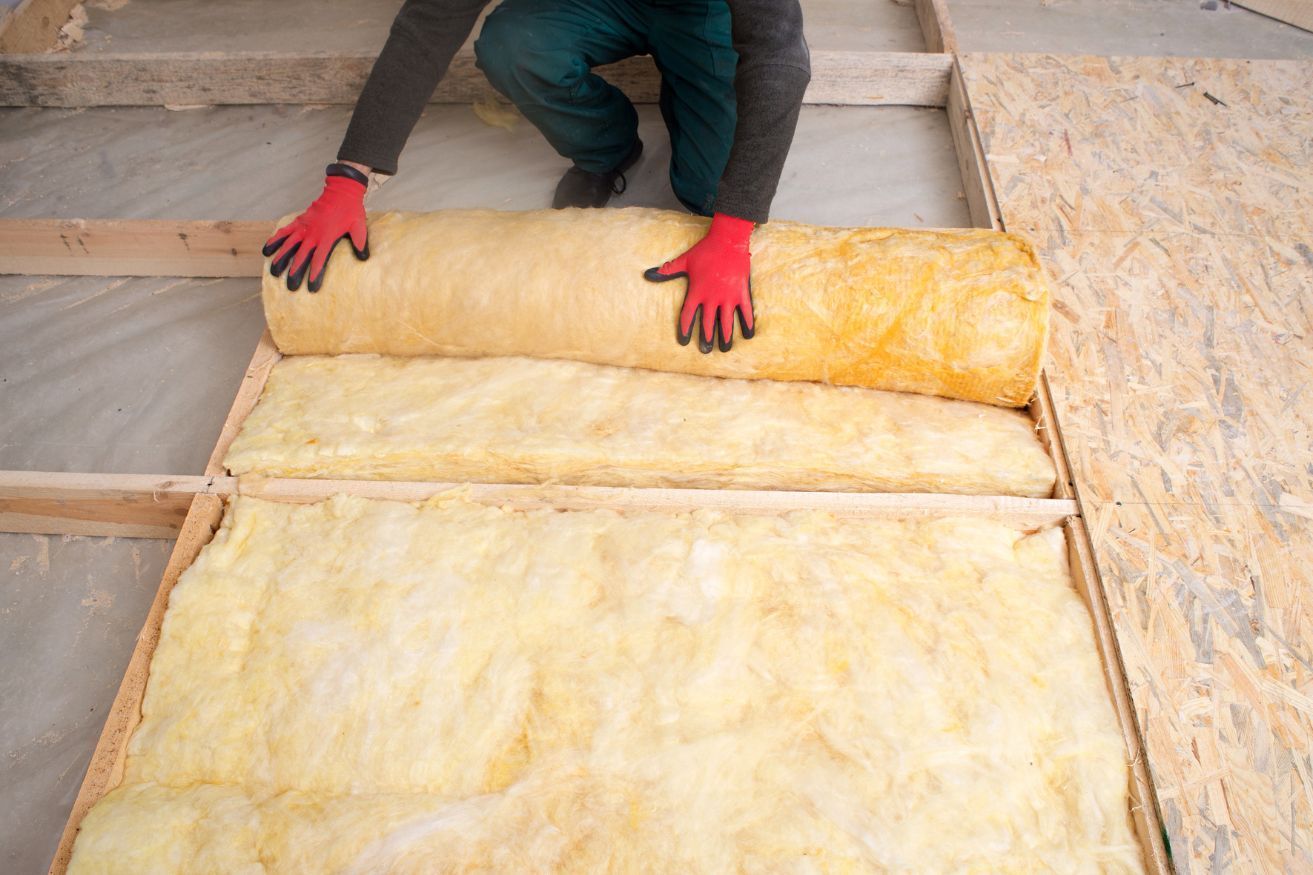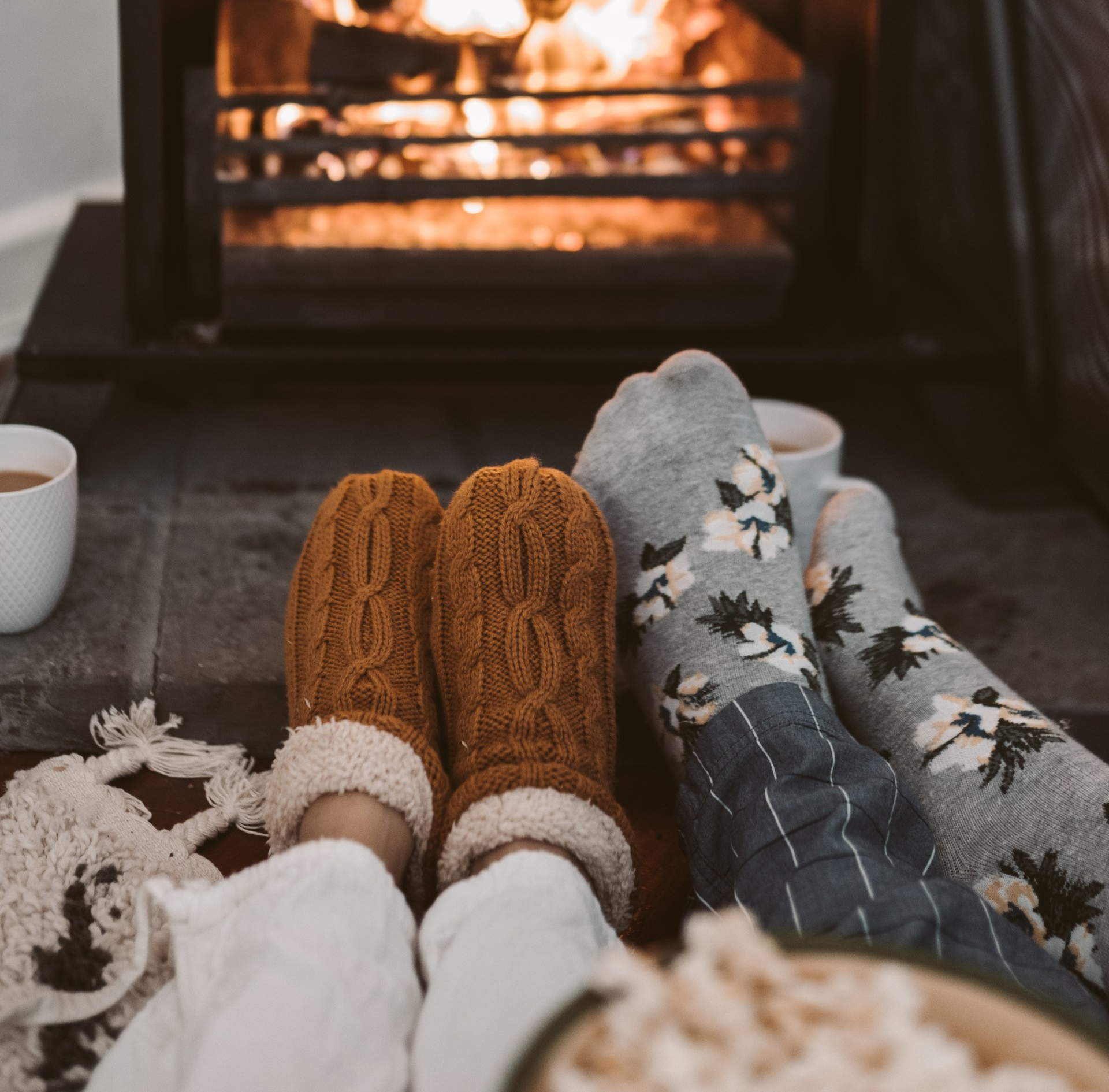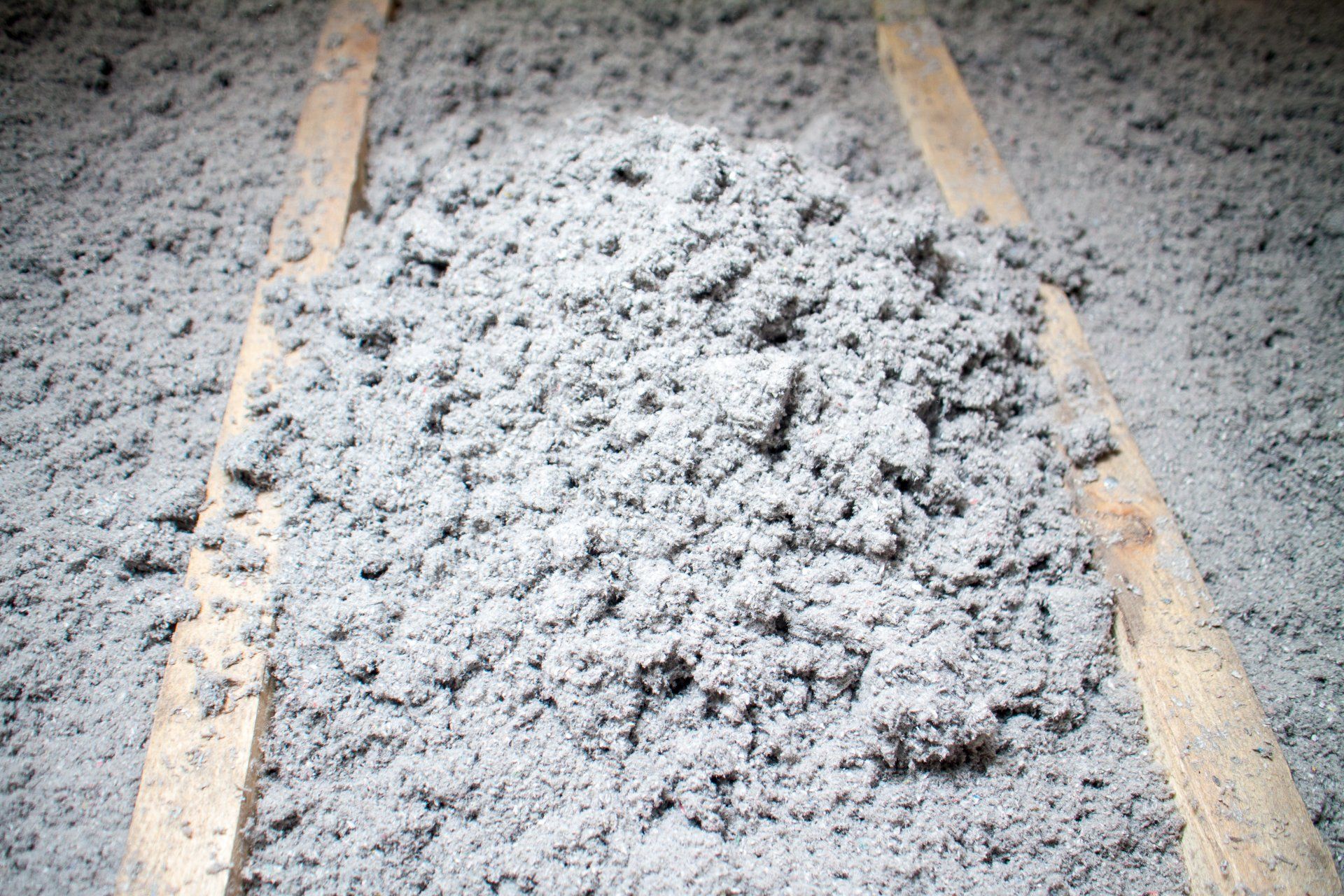Key Benefits of Attic Insulation
Attic insulation offers a wide range of benefits for homeowners, from increased energy efficiency to improved comfort and long-term cost savings. Here's a detailed breakdown:
Key Benefits of Attic Insulation
1. Lower Energy Bills
- Insulation reduces heat transfer, keeping your home warmer in winter and cooler in summer.
- By minimizing energy loss, it helps your HVAC system run more efficiently, lowering heating and cooling costs by 15–25% on average.
- The U.S. Department of Energy estimates that proper attic insulation can save the average homeowner $200–$600 annually on energy bills.
2. Improved Comfort
- Insulation stabilizes indoor temperatures, eliminating drafts, hot spots, and cold spots in your home.
- Rooms directly beneath the attic (e.g., bedrooms or living spaces) feel more comfortable year-round.
3. Extended HVAC System Lifespan
- With better insulation, your heating and cooling systems don’t have to work as hard to maintain a comfortable temperature, reducing wear and tear.
- This can extend the lifespan of your furnace, air conditioner, or heat pump and lower maintenance costs.
4. Reduced Carbon Footprint
- By improving energy efficiency, attic insulation reduces the amount of energy needed to heat or cool your home.
- This leads to lower greenhouse gas emissions and contributes to a more sustainable, eco-friendly home.
5. Moisture Control
- Proper attic insulation, especially when combined with air sealing, helps prevent condensation and moisture buildup.
- This reduces the risk of mold and mildew growth, protecting the structural integrity of your home and improving indoor air quality.
6. Protection Against Ice Dams
- In cold climates, attic insulation prevents heat from escaping through the roof, which can cause snow to melt and refreeze at the edges, forming ice dams.
- Preventing ice dams reduces the risk of roof damage and leaks.
7. Increased Home Value
- Homes with good insulation are more attractive to buyers because of their energy efficiency and lower utility costs.
- Upgrading insulation is a relatively inexpensive home improvement that offers a good return on investment, especially in extreme climates.
8. Noise Reduction
- Insulation acts as a sound barrier, muffling outdoor noises like traffic, airplanes, or noisy neighbors.
- It also reduces sound transmission between floors, adding privacy to your home.
9. Protects Attic Storage
- If you use your attic for storage, insulation helps regulate temperatures and humidity, protecting sensitive items like photos, electronics, or fabrics from damage.
10. Long-Term Cost Savings
- While the upfront cost of adding insulation ranges from $1.50 to $3.50 per square foot, the energy savings, increased HVAC efficiency, and reduced maintenance costs.
- Over time, proper insulation can save thousands of dollars on energy bills.
Additional Benefits for Extreme Climates
- Hot Climates: Prevents excessive heat from entering your home, reducing cooling costs and improving comfort during sweltering summers.
- Cold Climates: Keeps heat inside during frigid winters, reducing heating costs and preventing frozen pipes or ice-related roof damage.
Conclusion
Adding or upgrading attic insulation is one of the most effective ways to improve your home’s energy efficiency, comfort, and value. It provides immediate benefits in terms of comfort and energy savings while offering long-term advantages like lower utility bills and reduced environmental impact.
If you’re considering insulation, I can help you evaluate the best type for your attic or calculate potential savings based on your home's size and climate!
